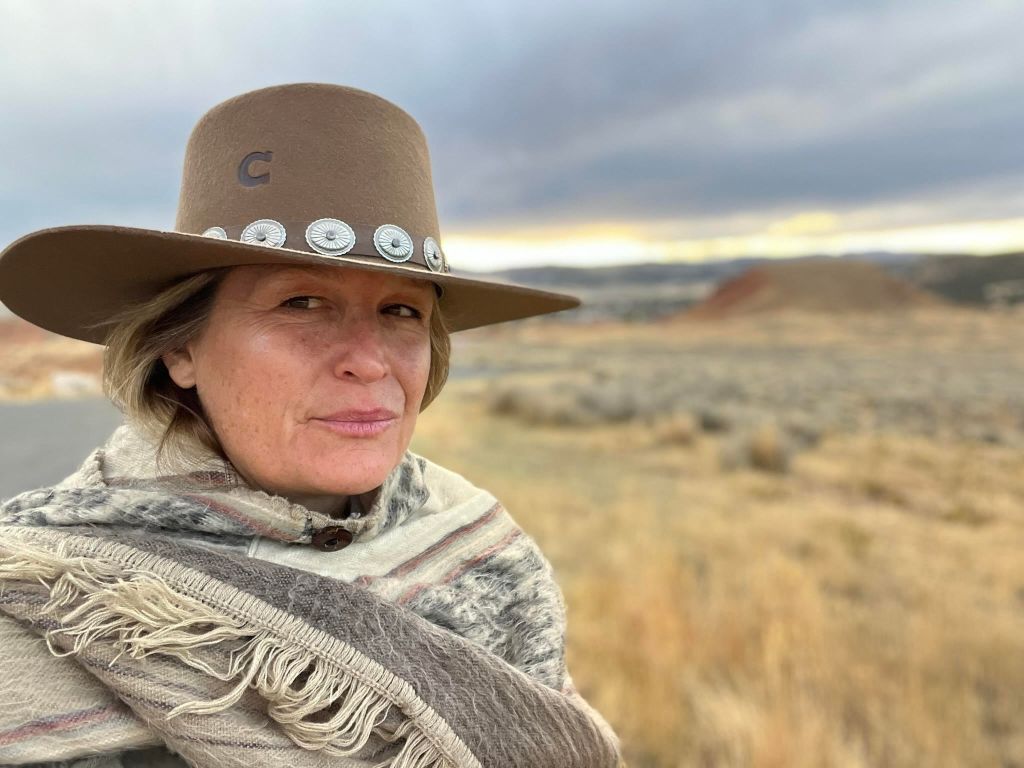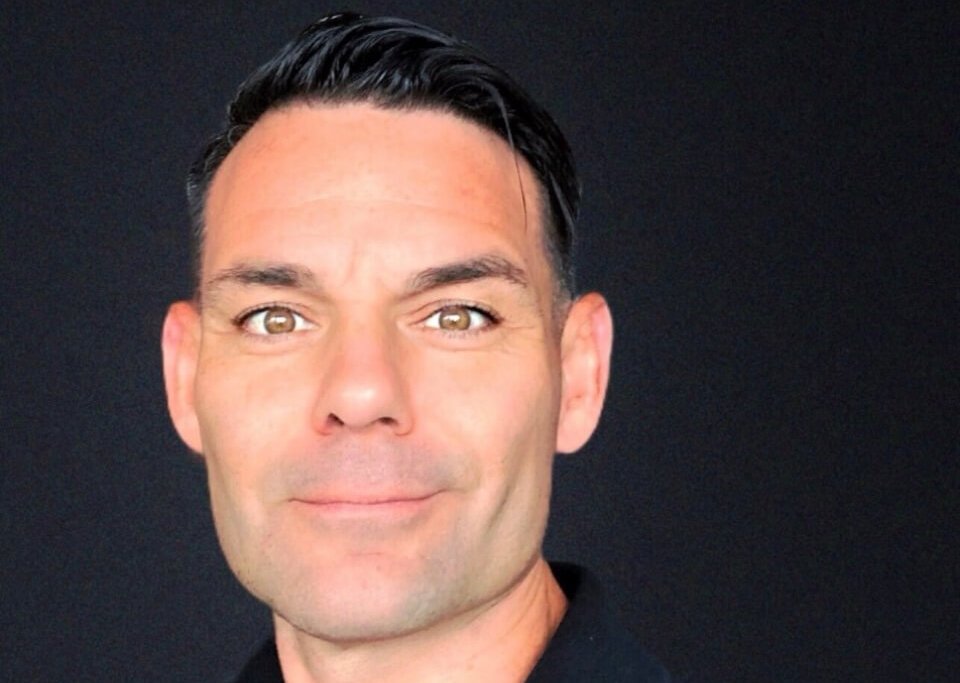Who's Here: Robert Caro, Author

Robert Caro, the man who has written what are arguably the two best biographies of the 20th century, does most of his work these days in a tiny toolshed in the woods of Northwest, just 100 yards down a path from the home where he lives with his wife Ina.
Caro’s two biographies both won Pulitzer Prizes. The first, The Power Broker, traces the life of Robert Moses. The second, a book about the life of Lyndon Johnson, is being published in four volumes. He has completed the first three. And, here in the woods of East Hampton, Caro works on the fourth and last. He goes out there every morning with a thermos and a sandwich, writes in longhand, then types what he writes up on an old Smith Corona typewriter. He might take a break and swim in the pool. Nobody bothers him. He hopes to have this last volume finished by next year. These biographies, of Robert Moses and Lyndon Johnson, are the only two books he has written. They are his life’s work.
Robert Caro was born and raised in Manhattan. He attended Horace Mann High School and upon graduation went to Princeton. Although he was a good student, what might have come to the attention of the admission committee at Princeton was the fact that, in his senior year, as a project, he translated the high school newspaper into Russian, had it printed out in a run of 10,000 and had it sent out to high school students in the Soviet Union, which was, at that time, our sworn enemy. [expand]
Robert met Ina at Princeton, and the day after he graduated, they got married. He’s been with her ever since and Robert, when asked about the massive amount of work associated with these two books, describes her as his “whole team.” Among many other things, she does much of his research.
Leaving Princeton with a degree in English, Caro worked for a year at the New Brunswick Reporter. After that, he worked for the next six years at Newsday where he expected he might make his career. He and his wife bought a house in Roslyn. They had a son, Chase.
In his sixth year at Newsday, however, a series of events occurred that would change his life. He was an excellent investigative reporter for Newsday, and in that last year there he had written a multi-part series called “Suffolk County—The Sick Giant.” The county was prospering mightily at the time. But Caro showed that its reliance on just one industry—military contracting—left it vulnerable.
“None of Newsday’s reporters had ever won the Nieman Foundation award,” Caro told me. “This was an award where a reporter could be sent off for a year, all expenses paid, to do research and writing. They entered my series on Suffolk and it won. I went to Cambridge and did the work at Harvard.”
Caro took many courses there. One was a course in City Planning given jointly by Harvard and MIT.
“One day, we had these professors lecturing us about how the government decides where to build big highways. They had mathematical formulas that considered population densities, landscapes and future growth projections. You just plug it all in and that’s where the highways go. I raised my hand and they called on me. I said that’s not how it’s done on Long Island. On Long Island the highways go where Robert Moses says they go.”
Robert Caro could not get this exchange out of his mind. How could it be that Robert Moses decides everything? He decided he would like to write a book about Robert Moses. This changed his life.
“I got a small advance from a publisher,” Caro said. “It was $5,000. When we got back to Roslyn, I tried at first to go back to my job at Newsday and do the Moses book on the side, but it was impossible.”
Newsday had paid him his salary while he was on sabbatical in Cambridge and now the editors were not happy that he was thinking of quitting. Caro wavered. And at this point, his wife took matters into her own hands.
“She did this without telling me,” he said. “I came home one day and she said ‘I just sold the house.’ I did not even know it was for sale. She explained. We had paid $45,000 for it eight years before. She had sold it for $70,000. We could live for two years on that.”
The couple and their son moved to the Spuyten Duyvil section of the Bronx, which is a low-rent neighborhood where the Hudson meets the Harlem River. The book was not completed in the two years. It would take seven years.
“These seven years were the hardest of my life. We had no money. It was awful.”
But the research and writing went on. Ina got a job for a while. And then Caro caught a break. It turned out his publisher was wavering about whether to continue with the project. Caro brought what he had written to a literary agent. The agent found him a new publisher, Knopf, which gave him a much larger advance.
“This book would not have happened if it had not been for Robert Gottlieb of Knopf,” Caro said.
Of course, in the course of things, Caro interviewed Robert Moses, who was, by this time, in semi-retirement after having built almost all the parkways, parks and highways on Long Island, sometimes evicting families and having bulldozers come in to drive the rights-of-way while the residents sat outside chain link fences.
“He had retired with his wife to his small home in Oak Beach, said Caro. “He had a little office there he worked in. One window looked out to Jones Beach, officially the Robert Moses State Park. You could see the 10-story water tower with his name on it there. The other window looked out to the Robert Moses Causeway, the highway that people drove on to get out to it. He told me about the baymen who used to live on those shores, and how they would tell him their stories of days gone by. He would go out with them in putt-putts, as he called them, to clam with them. But nothing could stand in the way of progress.”
Robert Moses was one of the most brilliant and yet ruthless men ever. He built the Southern State Parkway, the Northern State Parkway, the Heckscher State Parkway and dozens of others. Among the many parks he created was Hither Hills in Montauk. Late in life, he tried to build a six-lane highway down the center of Fire Island, then out along the beach through the Hamptons to Montauk. That it was not completed was one of his few failures.
“Robert Moses got what he wanted by horse trading, arm twisting and threats. He did away with the baymen, as they were called in Great South Bay, by finding an obscure law in a local town’s ordinance book that got them moved off.”
At this point, the whole of New York was aware of Caro’s book. Sections of it were published in The New Yorker. And from that moment on, all the interviews with Moses ended, and at every turn, Caro found others who had been threatened by Moses if they talked to Caro. But Caro completed the book, in 1974 and it was published to sensational reviews.
Of Caro’s work, The Times of London wrote, “Robert Caro has written one of the truly great political biographies of the modern age.”
The Modern Library declared it one of the 100 greatest non-fiction books of the 20th Century.
And the proof is in the pudding. The book is now going into its 52nd printing.
President Obama, after awarding Caro the country’s highest literary honor, The National Humanities Medal, said, “I think about Robert Caro and reading The Power Broker back when I was 22 years old and just being mesmerized, and I’m sure it helped shape how I think about politics.”
When the first big check from Knopf was mailed to Caro and it was apparent that he was going to be a big success, Caro, winding up his affairs in Spuyten Duyvil, asked his agent when the check would clear the bank. He had worked for five years without a break.
“I want to take Ina to Paris,” he said.
“You can go tonight,” his agent told him. “I’ll make sure you don’t overdraw.”
“We just went,” Caro told me. “No plans, nothing. On the way over, I even had to ask the stewardess if she knew any hotel we could stay in.”
The Caros have been spending two months in France for 34 of the last 37 years. It’s part of their routine.
Caro is all about routine, and that is how he discovered Montauk and the Hamptons. In his early years, he and Ina would celebrate his completion of a section of the Moses book by taking off for a weekend to an oceanfront motel in Montauk. One was the Wavecrest.
“They were really cheap to stay in back then,” Caro told me. “And we did that for years. But then rates went up. And then you had to pay for a whole weekend and pay in advance. It was out of our range.”
After that first check came in, Caro asked his wife to find a house for them in East Hampton, somewhere in the woods. She found one in the Lion Head section of Springs, and as houses were cheap, they did the math and they bought it.
The Caros also moved out of the Bronx, finding an apartment in Manhattan on Central Park West, about 20 blocks south of where he had lived growing up. He’d work every day—not in the apartment but in an office he rented nearby—and then when he’d finish a section, they’d go to the house in Springs for the weekend. Soon, as he began work on the Johnson book, his routine changed. He’d do one section in the city, then come out to East Hampton, take a few days off, and then do his writing for the next section there—but again, not in the house. For a long time Caro rented a second floor office at 63 Main Street in East Hampton, over a store which today is Gallery Valentine.
He and Ina sold the house in Lion Head and bought a larger one up in Northwest, where they are now.
The Caros’ son is now grown and living in Westchester. They have three grandchildren, all of whom are currently in college—at Harvard, Princeton and Pomona (CA).
We had been talking on the deck of his large home in Northwest. Now he had another invitation for me.
“Care to see my office?” he asked.
I said I would. He took me down a stone path through the woods to his office, actually a 12 x 15 feet stud wall toolshed that now has windows and in one of them an air conditioner. The only other things inside were a chair, a desk, a bookshelf and a file cabinet. On the desk was a pad of paper with writing on it, longhand. Also, his Smith Corona Electric 210 typewriter.
“They haven’t made these in years,” I said. “You must be pretty good at fixing them when they break.”
“No. There’s an outfit in Hoboken that fixes my typewriters. Of course, I have to have lots of this model, not only to use one or another when the main one is out for repair, but for their parts.
“How many do you have?”
“Eleven. It’s down from 17.”
In 2004, Ina wrote a book about France. It is a travelogue and guide to some of the history and legends of that place. Called The Road from the Past: Traveling Through History in France, it received good reviews. Arthur Schlesinger, Jr. called it “the essential travelling companion…for all who love France and its history.” Her second book on the subject came out last month—Paris to the Past, Traveling Through French History by Train.
Robert A. Caro is an Honorary Co-Chair of East Hampton Library’s 7th Annual Authors Night, Saturday, August 13. He will participate in a book signing reception on the library grounds, 159 Main St., East Hampton, from 5-7:30 p.m., which is followed by private dinners with the authors, beginning at 8 p.m.
For full event details and tickets, go to www.authorsnight.org or call 631-324-0222, ext. 7.
Ina Caro will read from her new book at BookHampton in East Hampton at 5 p.m. on Friday, August 5.



